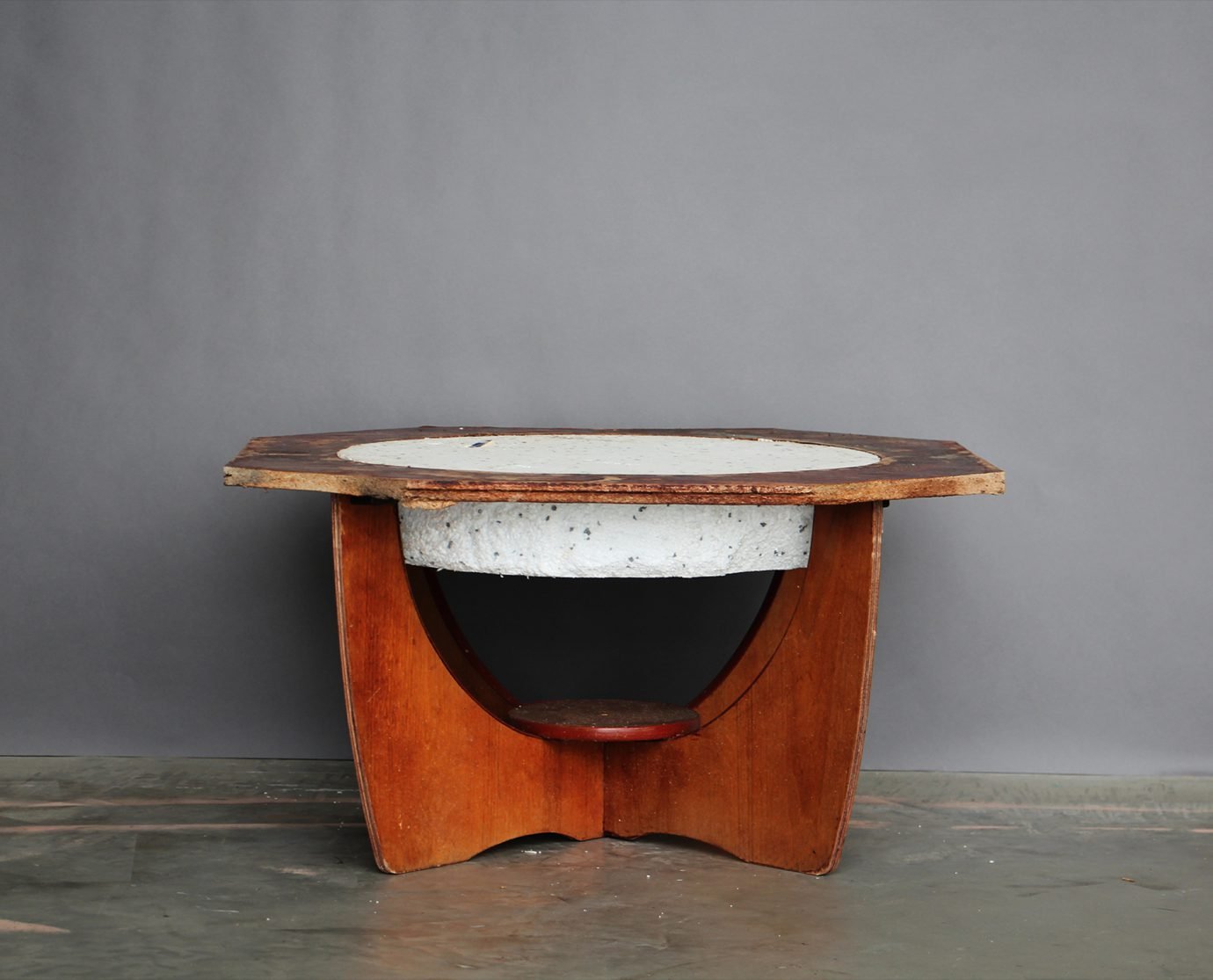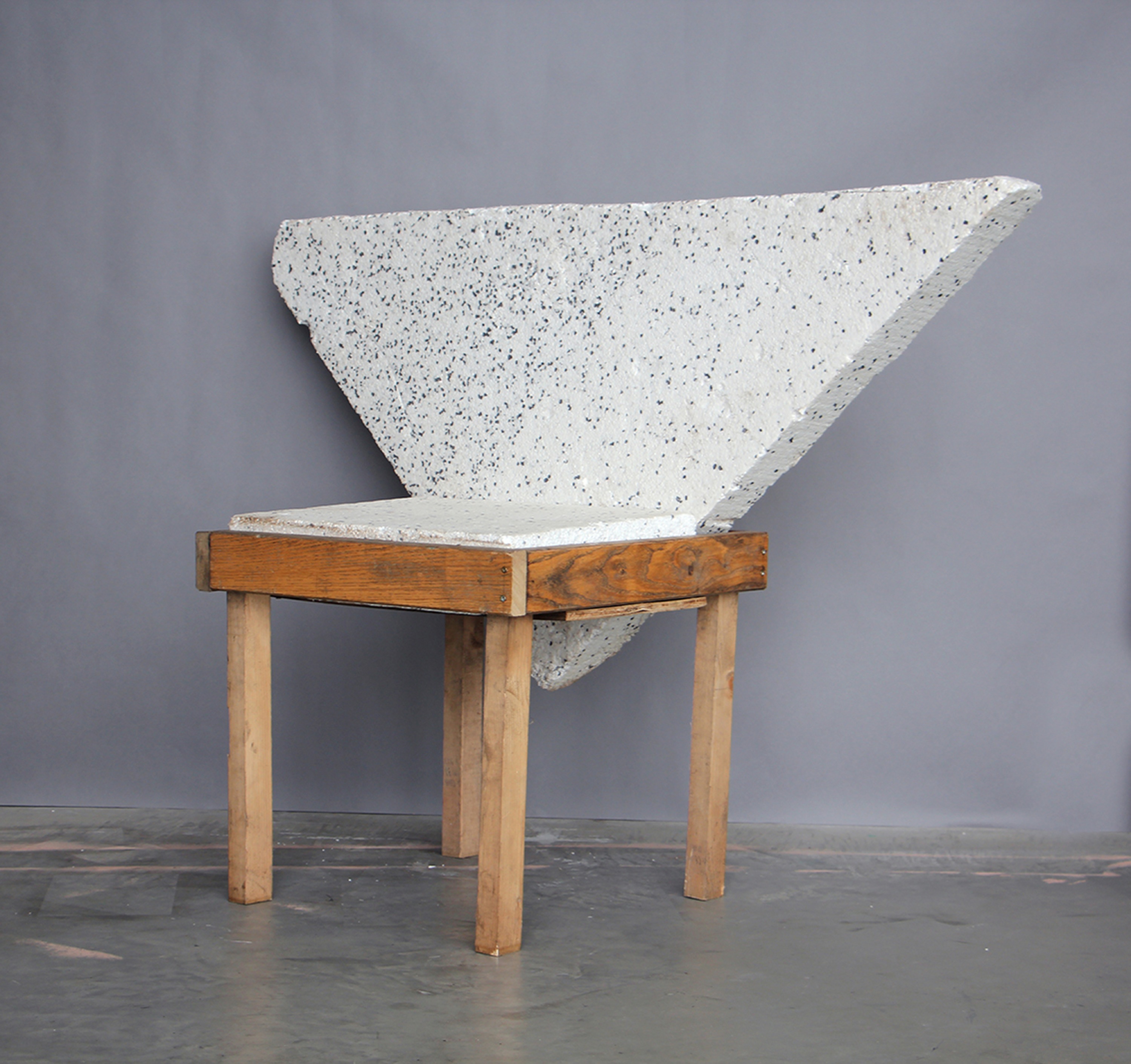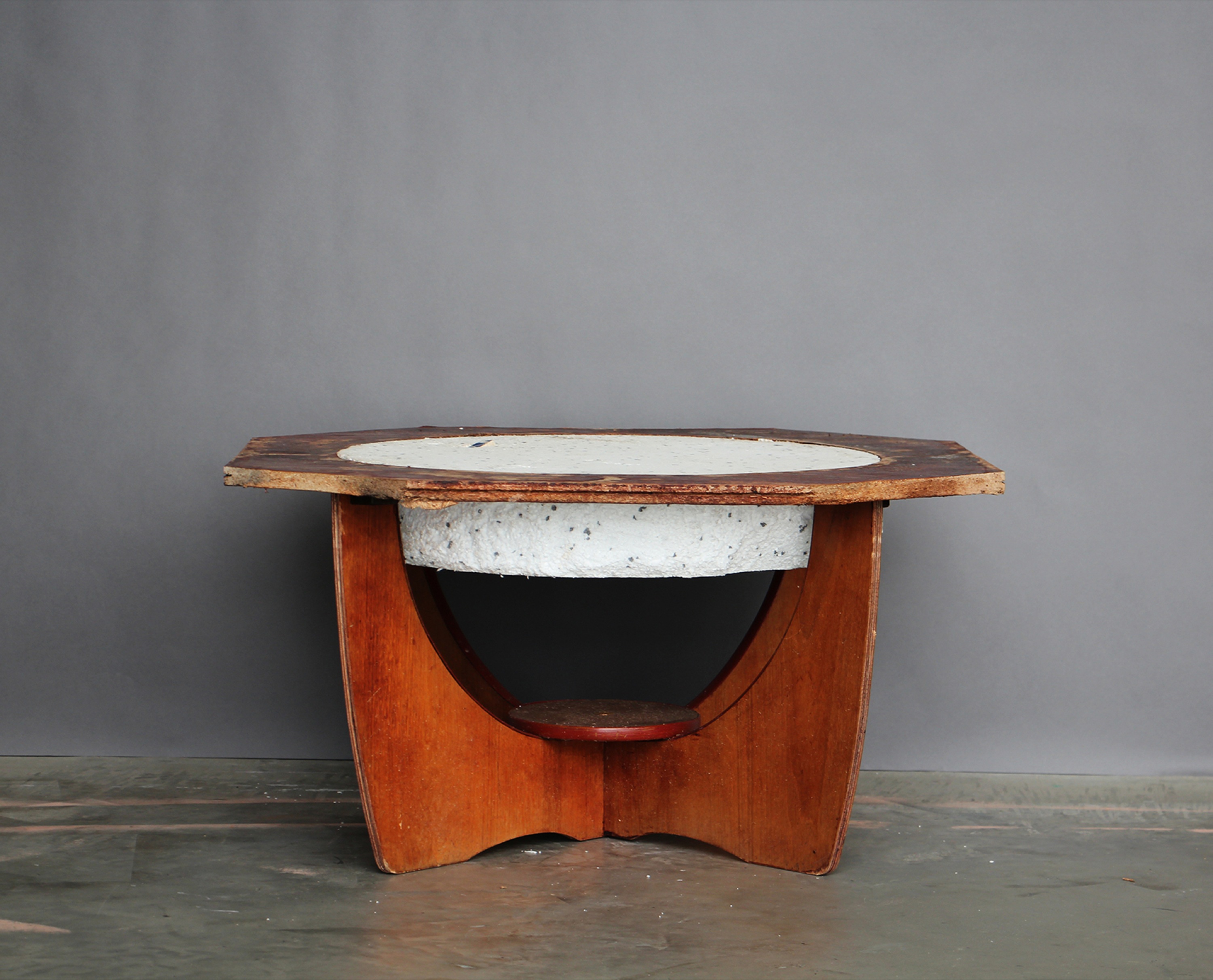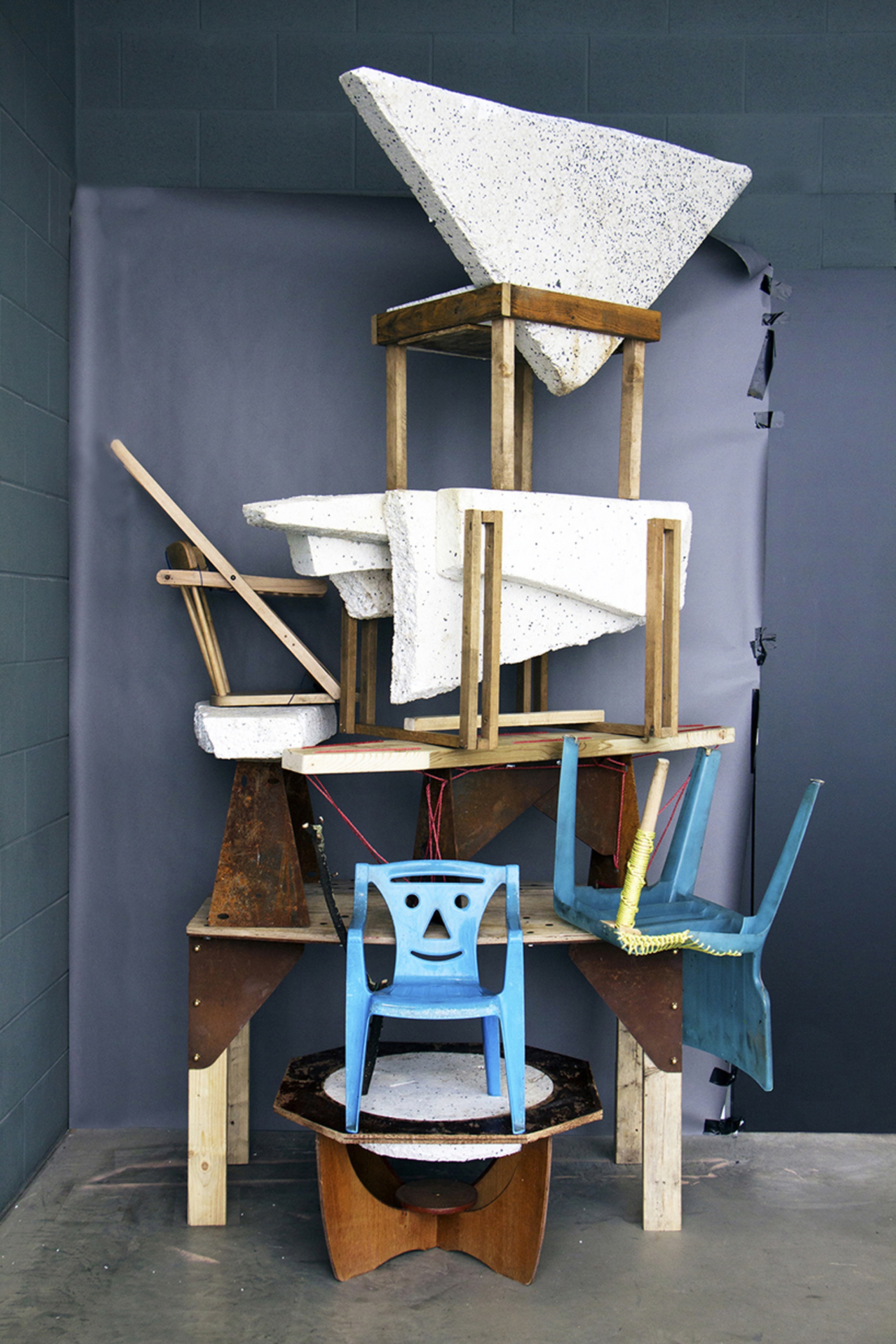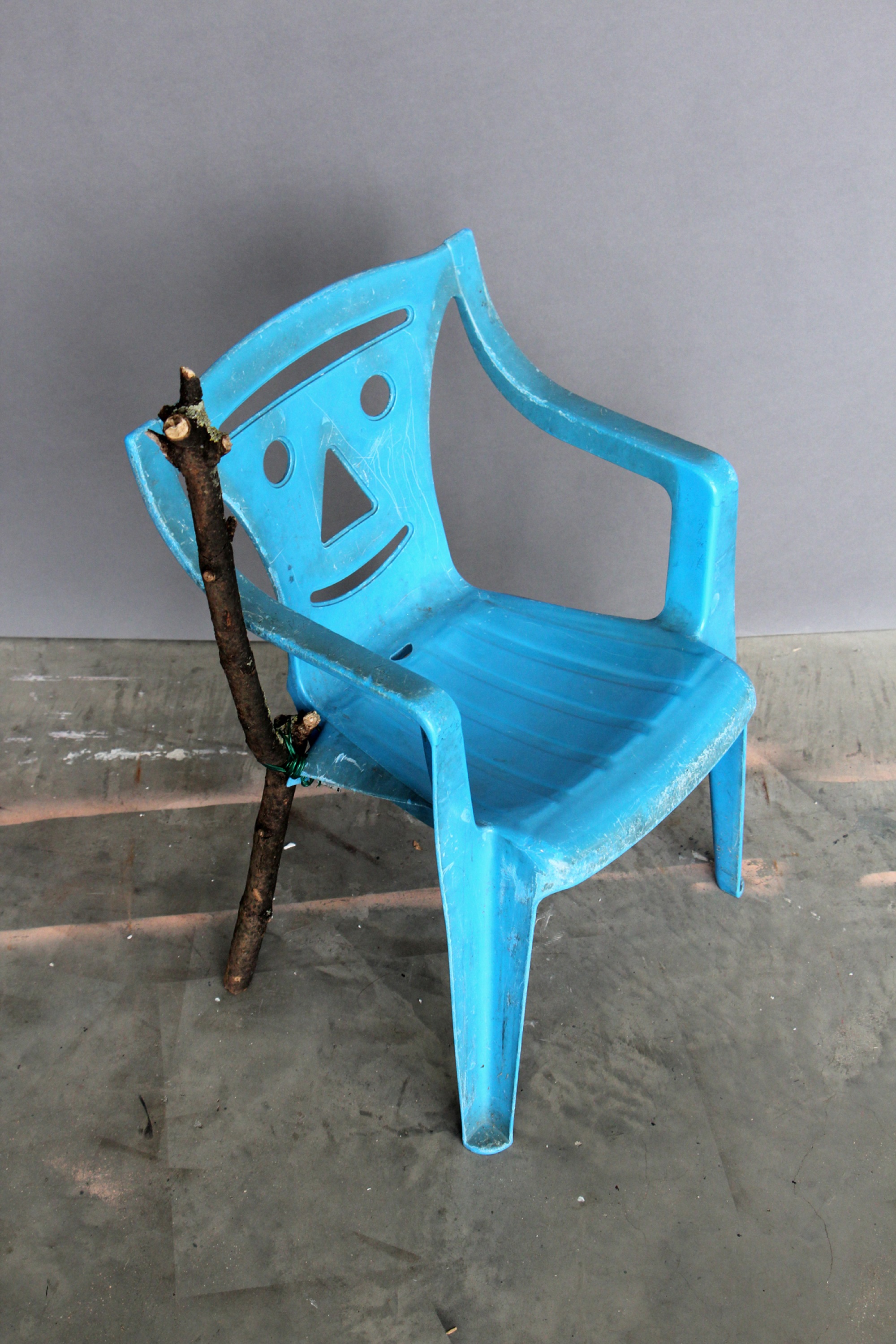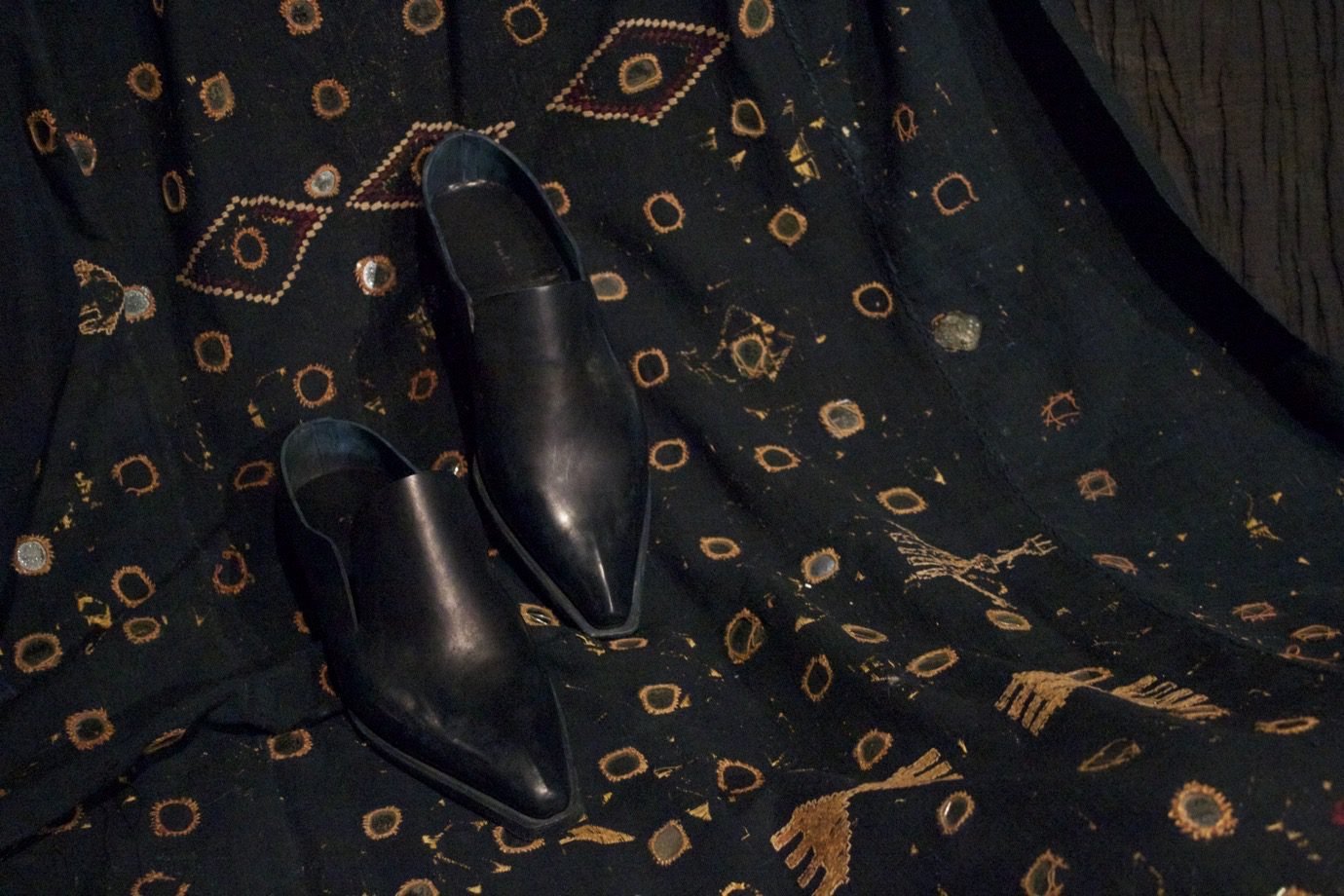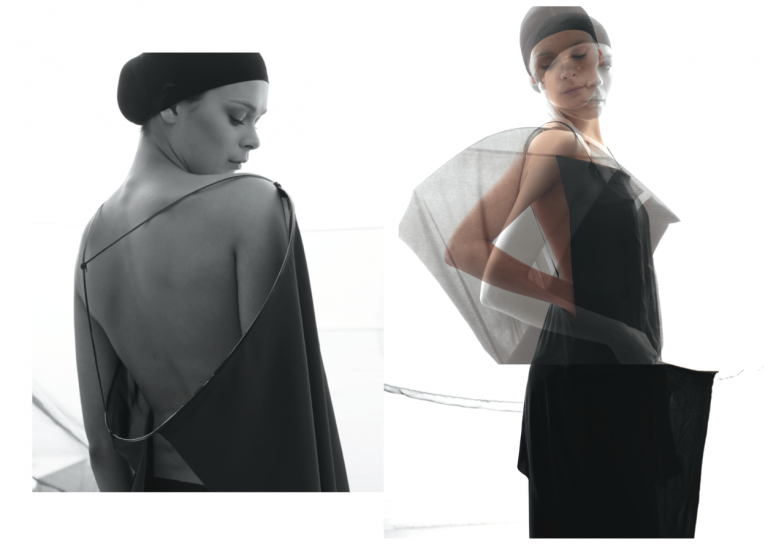Alongside this, then, is the waste produced as a result of hyper-production and today’s ‘throwaway society’ that many of us so often conveniently disregard. Furniture and product designer Ilaria Bianchi has made this plight the domain of her work.
By employing a methodology of montage, combined with a vision for reimagining the debris that contemporary culture has left behind, Bianchi produces a range of furniture that leaves her viewers with a product that is functional and aesthetically pleasing, but at the same time forces its viewer to question his or her consumerist values. Her heavily research-based projects signify a self-reflexive awareness of her role as a designer, the responsibilities it entails, and a firm comprehension of the world we inhabit.
Here, she shares with us her design process, where the materials (or ‘waste’) she retrieves have primacy over the design, supported by research into theories such as ‘Adhocism’ that has followed her practice rather naturally. Introduced by architects Charles Jencks and Nathan Silver in Adhocism: The Case for Improvisation, published in 1972, the text presents itself as a guide on a method of creation (not limited to design) that is driven by utilising pre-existing resources, as opposed to producing from scratch. Adhocism urges individuals to re-consider our surroundings in a new way and to find new roles for them. Its core mission lies in developing within its readers a mindset behind the merits of improvisation, purposefulness and ‘upcycling’.
“I HAVE ALWAYS BEEN VERY INTERESTED IN WHAT IS CALLED ‘ANONYMOUS DESIGN’: TIMELESS EVERYDAY LIFE OBJECTS, MADE TO LAST FOREVER, IN RESPONSE TO A SPECIFIC NECESSITY, SONS OF EXPERIMENTS AND IMPROVISATIONS.”
I’m familiar with the fact that your practice works in tandem with Adhocism theory, and I would love to discuss this in more detail with you. How do such theories and the research that you do fit into your work?
My projects have always followed a learning through the creation process, where the materials, coming upfront, have always dictated the evolution of the final object. I began using materials which produced furniture in an unexpected way. My design process is based on the findings of quick and functional solutions, so the association with Adhocism theories came almost naturally. I have also always been intrigued by the idea of ‘the design before the design’, a sort of meta-discourse that revolves around the act of making. I have always been very interested in what is called ‘anonymous design’: timeless everyday life objects, made to last forever, in response to a specific necessity, sons of experiments and improvisations. I adopted this approach to challenge myself in what I was lacking the most – a balance between being a designer and an artisan.
To exploit at best what you already own is an exercise that includes many aspects of my life. It’s about being able to see possibilities rather than obstacles, not only as a designer but also as a human being.

